17. The Outlaw Josey Wales (Clint Eastwood)
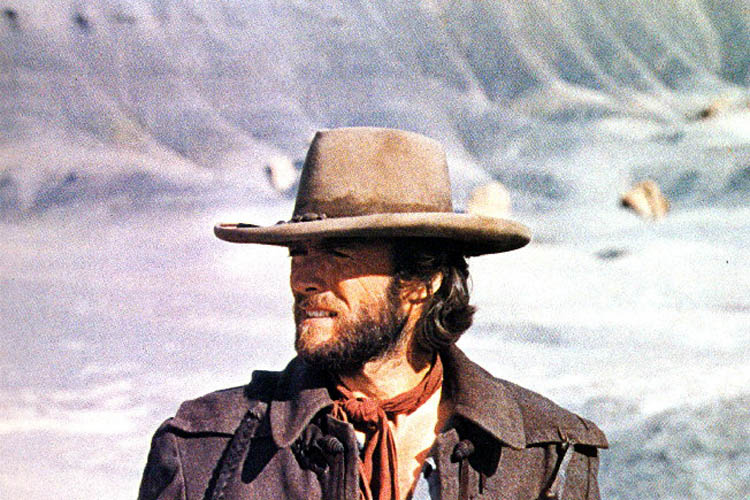
Josey Wales (Eastwood) is a Missouri farmer, trying to live a peaceful life during the Civil War, when his wife and young son are ruthlessly murdered by a group of pro-Union militants. As a result of this horrific event, Wales joins a pro-Confederate group, Anderson’s Bushwackers, and begins fighting using guerrilla tactics.
At the conclusion of the war, the group is tricked into giving themselves up on the promise of amnesty and all are murdered with the exception of Wales, who refused to give himself up. With a bounty now on his head, Wales sets out to exact vengeance on Captain Fletcher (John Vernon), who led the group that had originally murdered his family.
The Outlaw Josey Wales is a revisionist western, originally intended to be directed by Philip Kaufman, one of the film’s screenwriters, with Eastwood producing. The star and director soon found themselves at odds during the filming, and Eastwood fired Kaufman and took over the film’s direction himself.
The Outlaw Josey Wales was a major success, however, and Clint Eastwood considers the film one of the highlights of his career. He went on to make several later revisionist westerns, such as Pale Rider and Unforgiven, even during periods when the western itself was out of favor as a genre, showing that good acting and filmmaking can overcome the odds to succeed at the box office.
16. Carrie (Brian DePalma)

Filmmaker Brian DePalma had directed the cult success Sisters in 1973, and earlier in 1976 had a modest success with Obsession, a virtual remake of Alfred Hitchcock’s Vertigo. Later in the year, DePalma released Carrie, which was much more of a slasher film than the psychological thriller Obsession, and which also became a much bigger hit.
Carrie White (Sissy Spacek) is an odd, friendless 17 year old who undergoes a humiliating experience when she has her first much delayed menstrual period during a shower after a P.E. class. Carrie begins to show signs of telekinetic powers during times of stress, as she is tormented by bullies in her high school. During a prank at the prom, Carrie is humiliated further, and her powers finally show their true strength as she proceeds to massacre the students that have tormented her.
Carrie was the first novel written by Stephen King and the first time one of King’s works was adapted for the big screen. Featuring a slew of actors, aside from Spacek, that would later make an impact on Hollywood – such as Nancy Allen, Amy Irving, William Katt, P.J. Soles and John Travolta – Carrie has become an important and influential film that looked ahead to the 1978 production of Halloween.
While some critics raved over the film, others criticized the excessive gore, but there was no doubt that Brian DePalma made a powerful film on a low budget that has been remembered through the years and is now a classic of the horror genre.
15. Cousin, Cousine (Jean-Charles Tacchella)
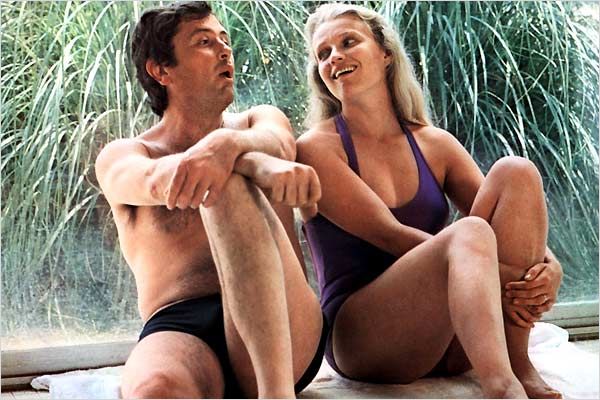
Marthe (Marie-Christine Barrault) and Ludovic (Victor Lanoux), meet for the first time at a family wedding. Their spouses, Pascal (Guy Marchand) and Karine (Marie-France Pisier) are having an affair, and so Marthe and Ludovic begin to be drawn to each other. As their spouses admit their infidelities, the two – who are technically cousins by marriage – decide to begin to appear to be having their own affair in order to shock their families.
Eventually, the platonic relationship develops into an actual sexual affair, and after many twists and turns the couple decide that they are actually meant to be and they leave a family Christmas gathering to begin their life together.
Cousin Cousine was released in Europe in 1975 but was not released in America until the summer of 1976, when it became a surprise hit and one of the most popular French films in America for many years. Critically lauded and nominated for an Academy Award for Best Foreign Language Film, Cousin Cousine was eventually remade in 1989 in an English language version called Cousins, starring Ted Danson and Isabella Rossellini, which was also successful at the box office.
14. The Missouri Breaks (Arthur Penn)
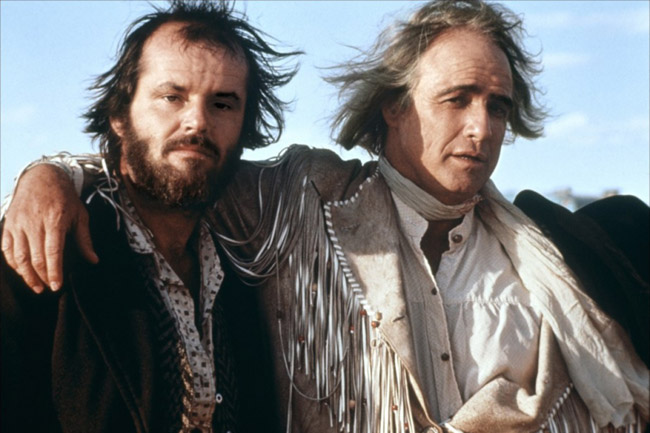
Tom Logan (Jack Nicholson) is a cattle rustler whose gang is experiencing hard times. The gang comes into conflict with landowner Braxton (John McLiam), and Logan begins an affair with Braxton’s virginal daughter, Jane (Kathleen Lloyd).
In order to rid himself of Logan and his gang, Braxton hires regulator Robert E. Lee Clayton (Marlon Brando) but soon tries to discharge Clayton when he taunts him about his daughter’s affairs. Clayton proceeds to kill all of Logan’s gang until the two finally have it out and Logan returns for a final showdown with Braxton.
Although the western had been a popular genre for many years, it was beginning to show signs of decline by the mid 1970’s. The Missouri Breaks was directed by Arthur Penn, who had had success with the western in 1971 with Little Big Man.
Starring Jack Nicholson, the hottest star in Hollywood at the time, and the legendary Marlon Brando, the relative failure of the film signaled a clear sign that the revisionist western was on its way out as a genre. In the years since, however, the film has been reappraised and it is now appreciated for its oddball characters and unique style.
13. Family Plot (Alfred Hitchcock)
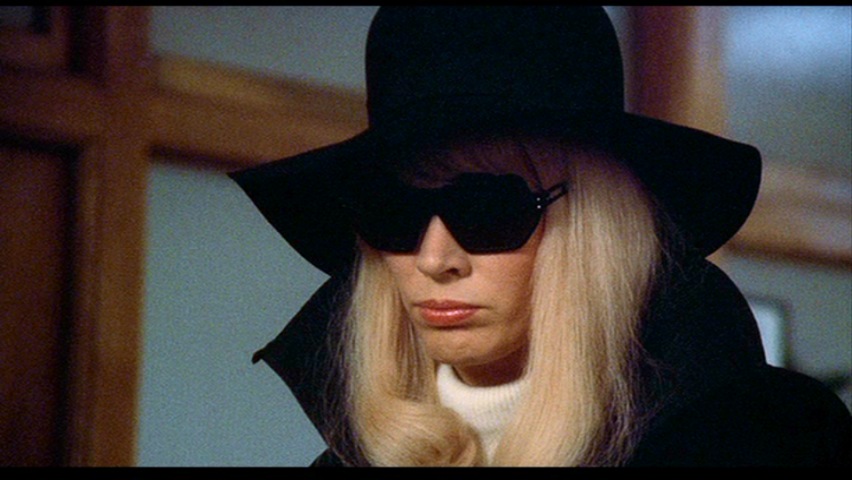
The final completed film from director Alfred Hitchcock was released in the spring of 1976. It is the story of a fake medium, Madame Blanche (Barbara Harris) who seeks to find Eddie Shoebridge, the long missing heir of the wealthy Julia Rainbird (Cathleen Nesbitt).
With the help of her boyfriend, Lumley (Bruce Dern), Blanche eventually comes to realize that Eddie Shoebridge has murdered his adoptive parents and now is living as jeweler Arthur Adamson (William Devane). He and girlfriend Fran (Karen Black) are also living a life of crime, kidnapping wealthy men and collecting ransom money, and they are none to happy to be found by the hapless couple. In typical Hitchcock fashion, the film’s exciting finale ties up all the loose ends and concludes with Blanche’s playful wink to the camera.
Family Plot has long divided Hitchcock fans, some of whom see it as a disappointing, lightweight finale to a great career and others who recognize it as a cleverly written thriller utilizing Hitchcock’s penchant for dual narrative structure.
Critics of the time seemed to mostly like the film, and audiences, heartened by the success of Frenzy four years earlier, turned out to see the film in droves. It eventually became Hitchcock’s biggest grosser and while not the masterpiece some might have hoped for, Family Plot is a fitting end to the career of one of the greatest directors in the history of cinema.
12. The Shootist (Don Siegel)
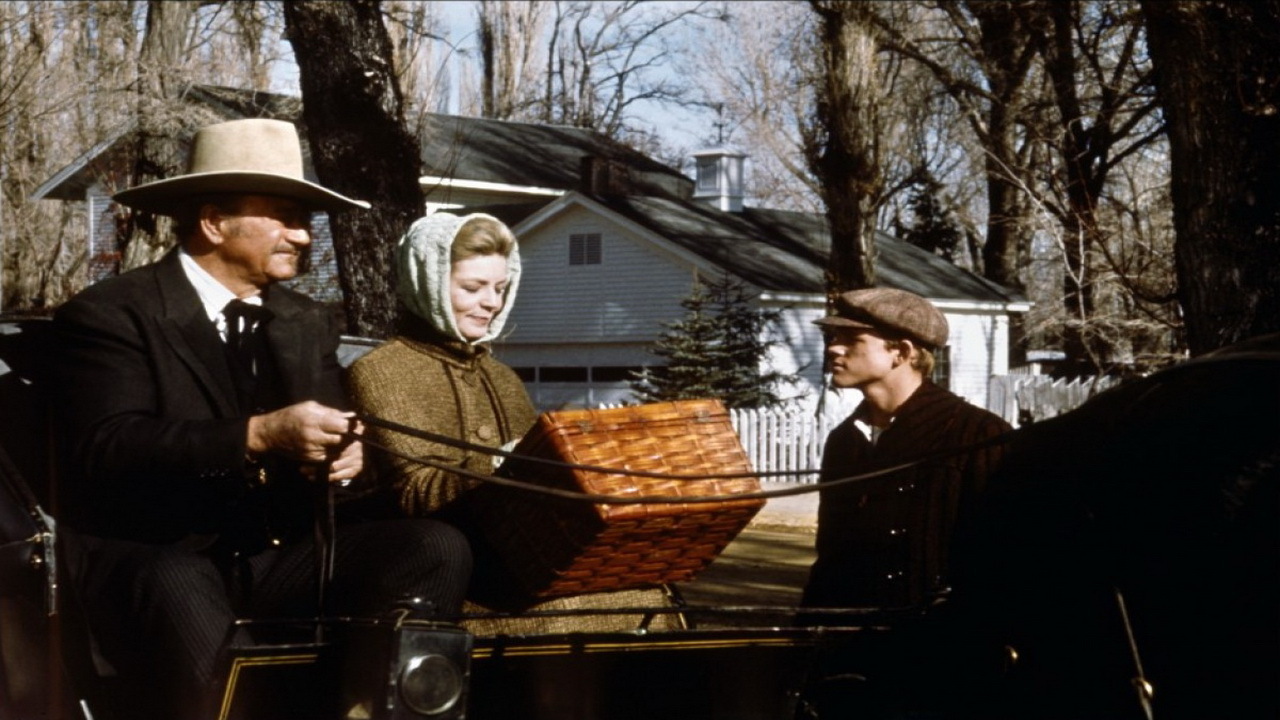
Another great and lengthy Hollywood career came to an end in 1976 with The Shootist, the final film of screen icon John Wayne. Wayne plays J.B. Books, an aging gunfighter who comes to Carson City, Nevada in 1901, only to be informed by the Doc (James Stewart) that he is dying of terminal cancer.
Books rents a room from the widow (Lauren Bacall) and her son (Ron Howard) begins to fall under the spell of the aging outlaw. The film comes to a head when a gunfight takes place at the saloon between Books and three other gunfighters.
Elegiac in tone, The Shootist is a film that takes a look back at the complete history of the western’s place in cinema (as well as in American life) and finds it drawing to a close. The real story of John Wayne parallels that of Books; Wayne was, in fact, aware that he had cancer at the time that he made the film and probably knew that it would eventually kill him (it did, three years later).
A number of Wayne’s real life friends were cast in the film, and director Don Siegel used many of Wayne’s ideas and suggestions in making the film. The Shootist signals an end, not only of the career of John Wayne, but of a period of Hollywood studio filmmaking that had already passed away, as well as a period in which the western was popular in films and in popular culture. A minor hit, The Shootist was a valuable movie entry during the country’s bicentennial year.
11. The Bad News Bears (Michael Ritchie)
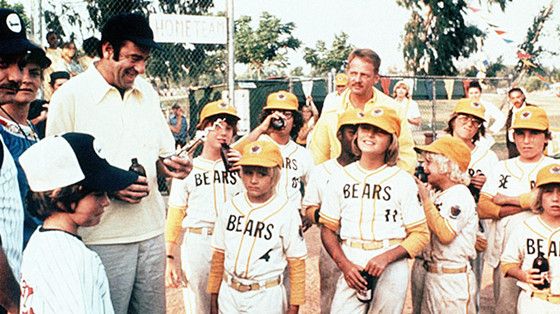
The Bears are a little league team of misfits and outcasts that have been added to a competitive baseball league over the threat of a lawsuit. Morris Buttermaker (Walter Matthau), an alcoholic ex-minor league pitcher who now cleans pools for a living, is hired as the manager of the Bears.
Sponsored by Chico’s Bail Bonds, the incompetent team begins the season losing horribly, but after Buttermaker adds Amanda Whurlitzer (Tatum O’Neal), a female pitching prodigy, and slugger Kelly Leak (Jackie Earle Haley), the team begins an amazing winning streak. In the end, the Bears challenge the dominant Yankees team, coached by the competitive Roy Turner (Vic Morrow) in a showdown match to determine the best team in the North Valley League.
The Bad News Bears was one of the year’s most popular films and a surprise hit for director Michael Ritchie, who had previously helmed The Candidate (a scathing look at political elections) and Smile (a satire of beauty contests). The Bad News Bears falls in line with these films as a lighthearted satire of the competitiveness that adults force children to go through in their recreational sports.
Spawning two less successful sequels and an awful 2005 remake, The Bad News Bears is now remembered as an American classic and the high points of the careers of director Ritchie (who would go on to direct the hit Fletch in 1985) as well as Matthau and O’Neal.
10. Silver Streak (Arthur Hiller)
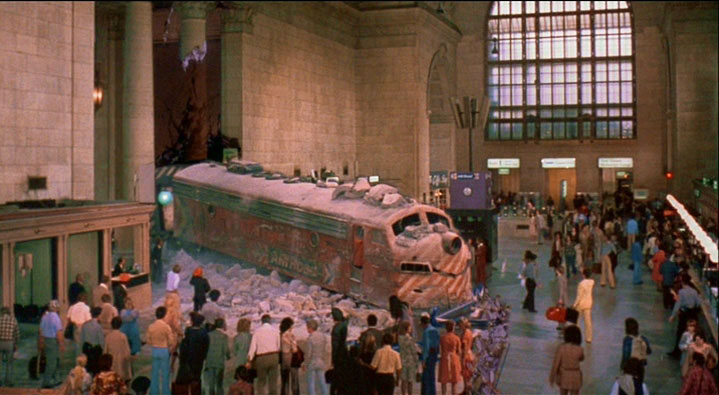
A late entry in the year’s films was Silver Streak, released in December. Starring Gene Wilder as George Caldwell, a book editor going from L.A. to Chicago on a train named the Silver Streak, the film also features Jill Clayburgh as Hilly Burns, his love interest. George believes that Hilly’s boss, art expert Professor Schreiner, has been killed while aboard the train and sets out to prove it.
He is thrown from the train by the bad guys for his efforts, and later enlists the aid of car thief Grover T. Muldoon (Richard Pryor) to help him unmask art dealer Roger Devereau (Patrick McGoohan), who has murdered Schreiner before the professor can reveal Devereau as a fraud. All ends up well in the end for George, Hilly and Grover, but the Silver Streak meets it’s fate as a runaway train, crashing into Chicago’s Union Station during the film’s finale.
Silver Streak was an original script written by the ever creative Colin Higgins, who a few years earlier had penned the cult classic Harold and Maude. With assured direction by Hiller and great performances from the leads and a solid core of character actors, Silver Streak was a huge hit, grossing over 50 million dollars.
Pryor’s part was vastly expanded during the filming, helping the comedian establish himself as a major Hollywood star. While the film is clearly an homage to director Alfred Hitchcock’s earlier films The Lady Vanishes and North by Northwest, Silver Streak had enough originality to stand on its own, making it one of the year’s best films.
9. Bound for Glory (Hal Ashby)
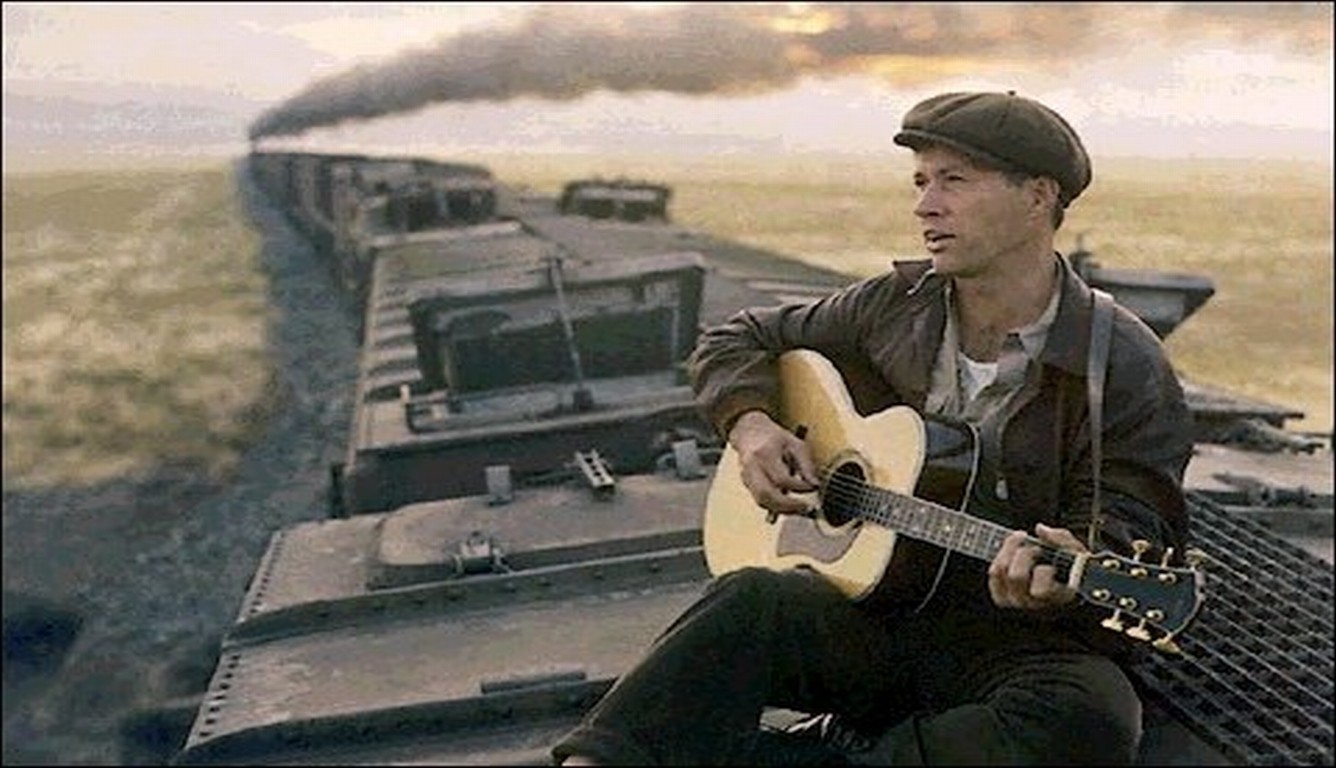
A biopic of the life of folk singer Woody Guthrie, Bound for Glory starred David Carradine, fresh off his TV success in Kung Fu, in the role of Guthrie. The itinerant folk singer and sign painter leaves his family in Oklahoma during the Great Depression to head west, eventually encountering union activist Ozark Bule (Ronny Cox), who helps mentor Guthrie by giving him a spot on his national radio show.
Guthrie eventually brings his wife (Melinda Dillon) and family out to California to join him, but he struggles with the demands placed on him by family life as well as commercial success. Eventually, Woody must head back to the rail cars and hobo life that have brought him to California to begin with and ultimately to fulfill his destiny as one of America’s iconic folk singers and songwriters.
Director Ashby, who himself had travelled around the west before finally settling in Hollywood as a film editor and director, must have found a lot in common with the story of Woody Guthrie. His lengthy search for the right actor to play the part of Guthrie eventually led him to Carradine, who did a great job. Bound for Glory was notable as one of the first films to make use of the Steadicam, a device that allows the camera operator to move the camera seamlessly along with no shake.
In addition, Haskell Wexler won the the Academy Award for Best Cinematography in the film. Although it was not a box office success, Bound for Glory was critically lauded and has stood the test of time as a great film and a biopic about one of the country’s most important songwriters.